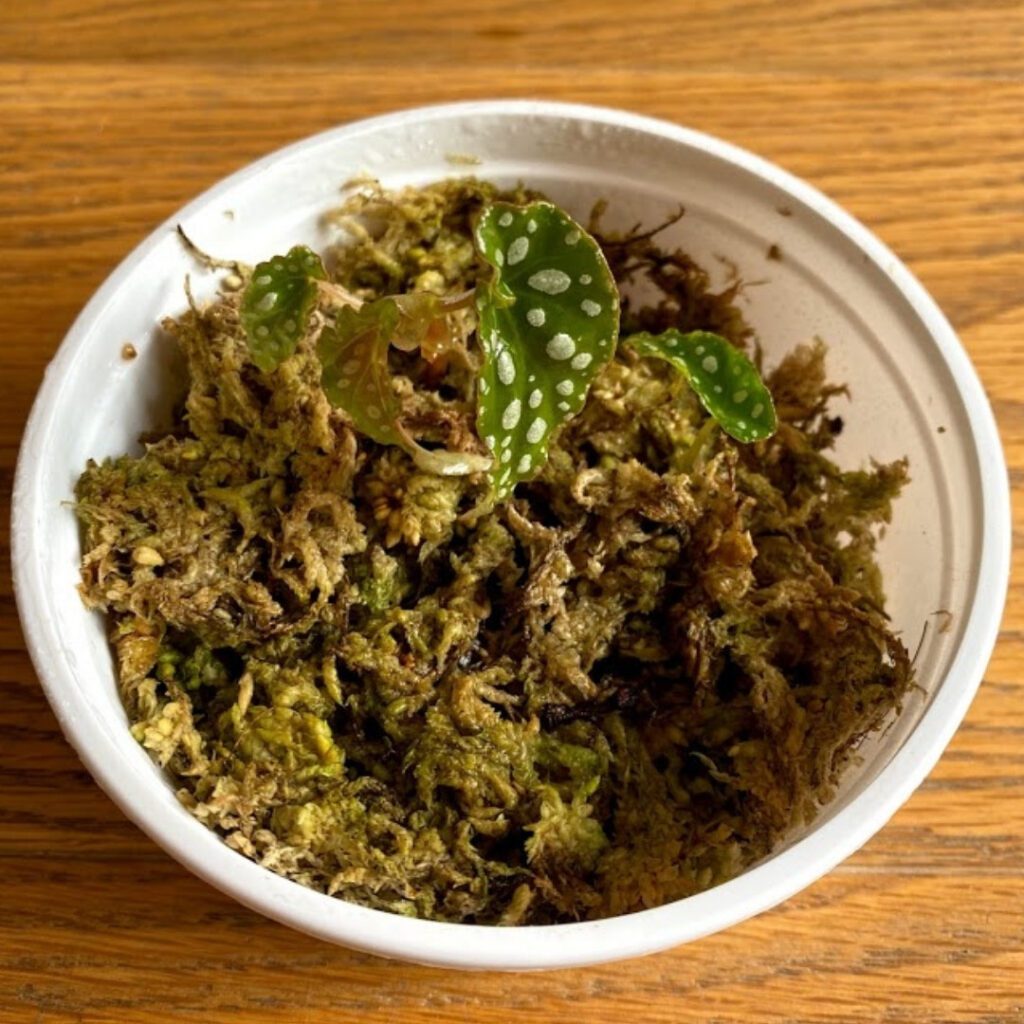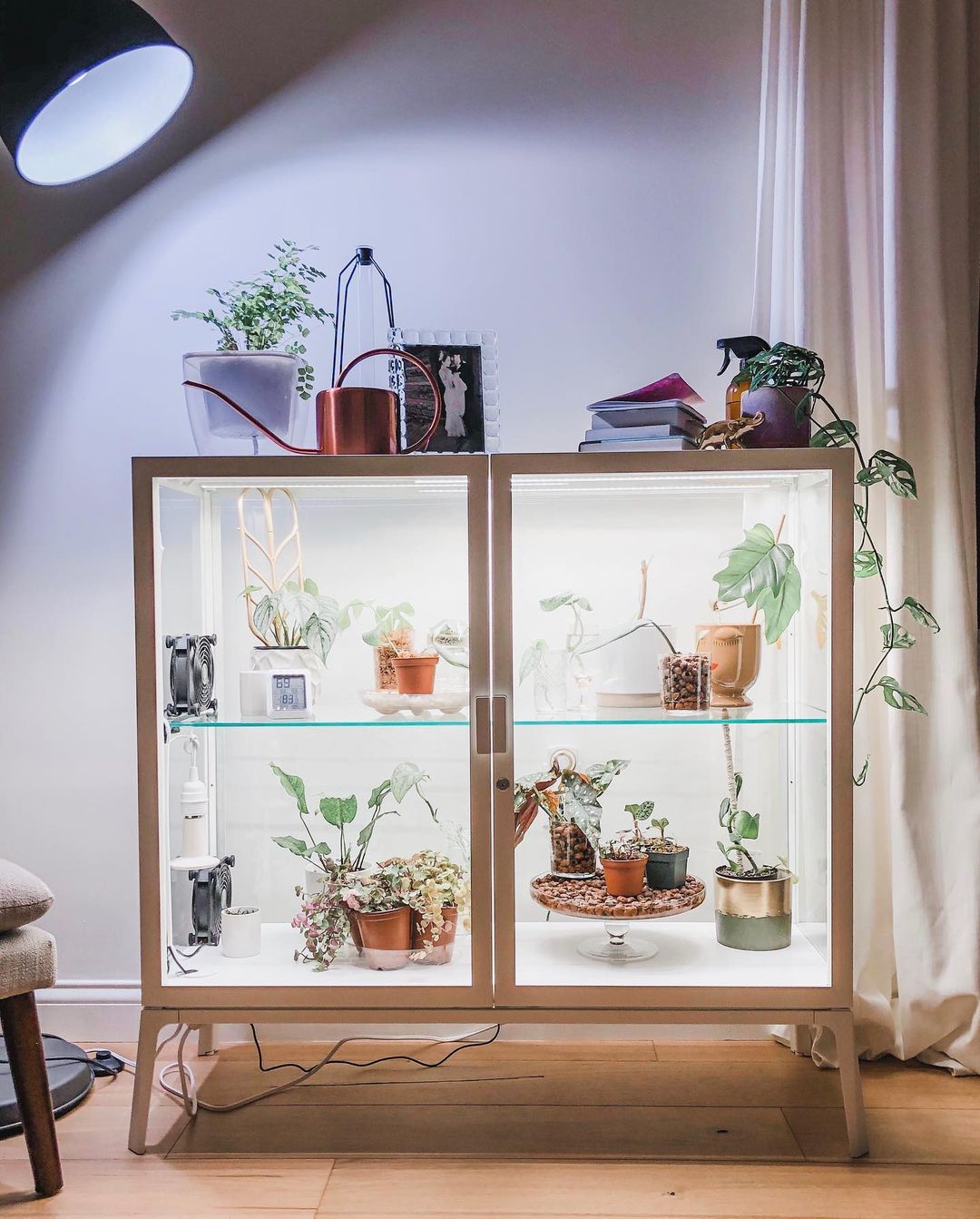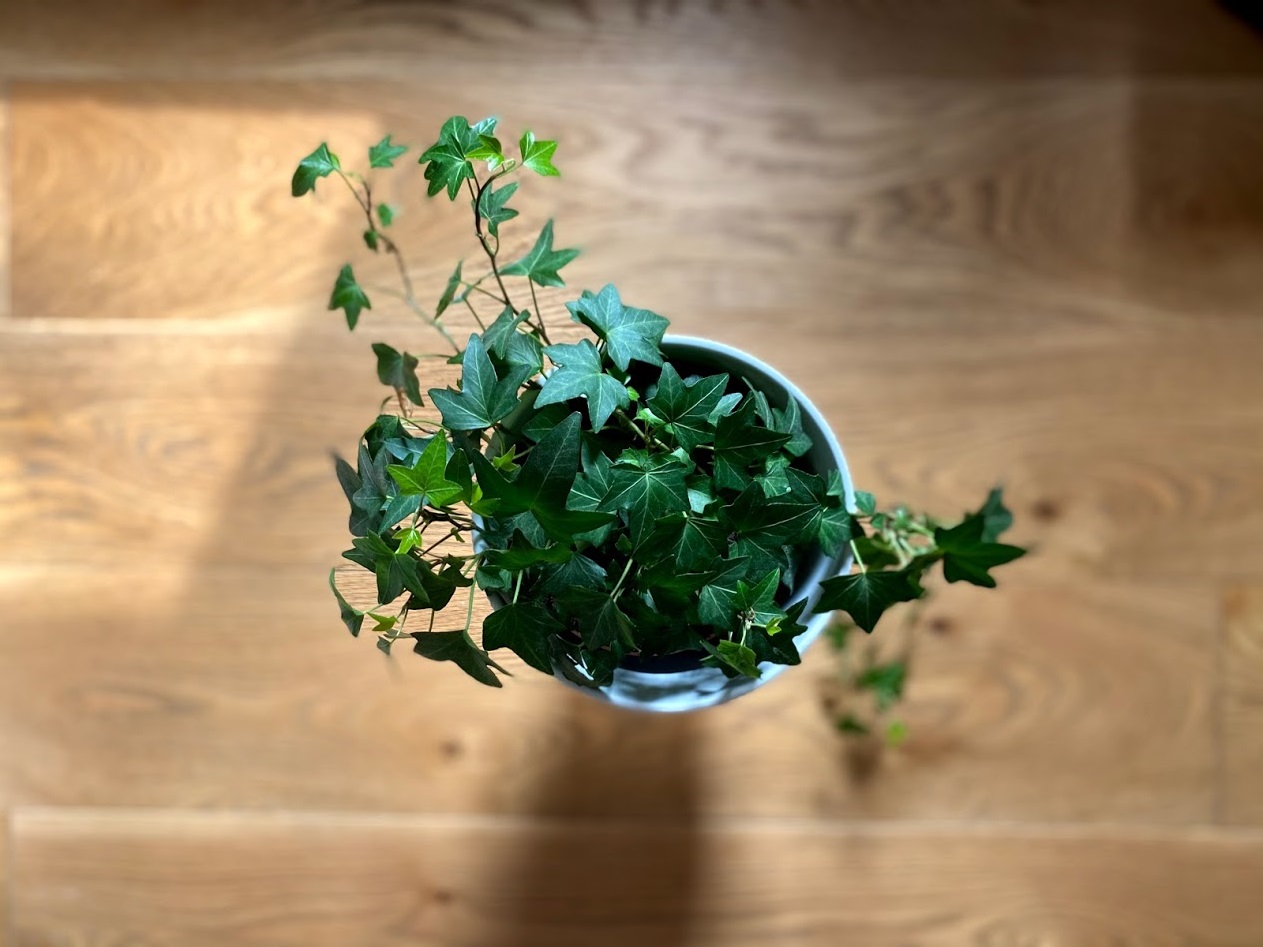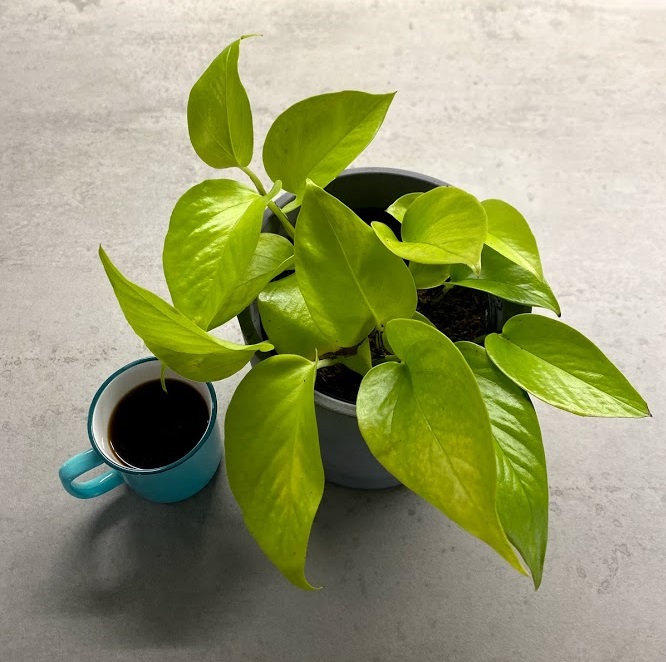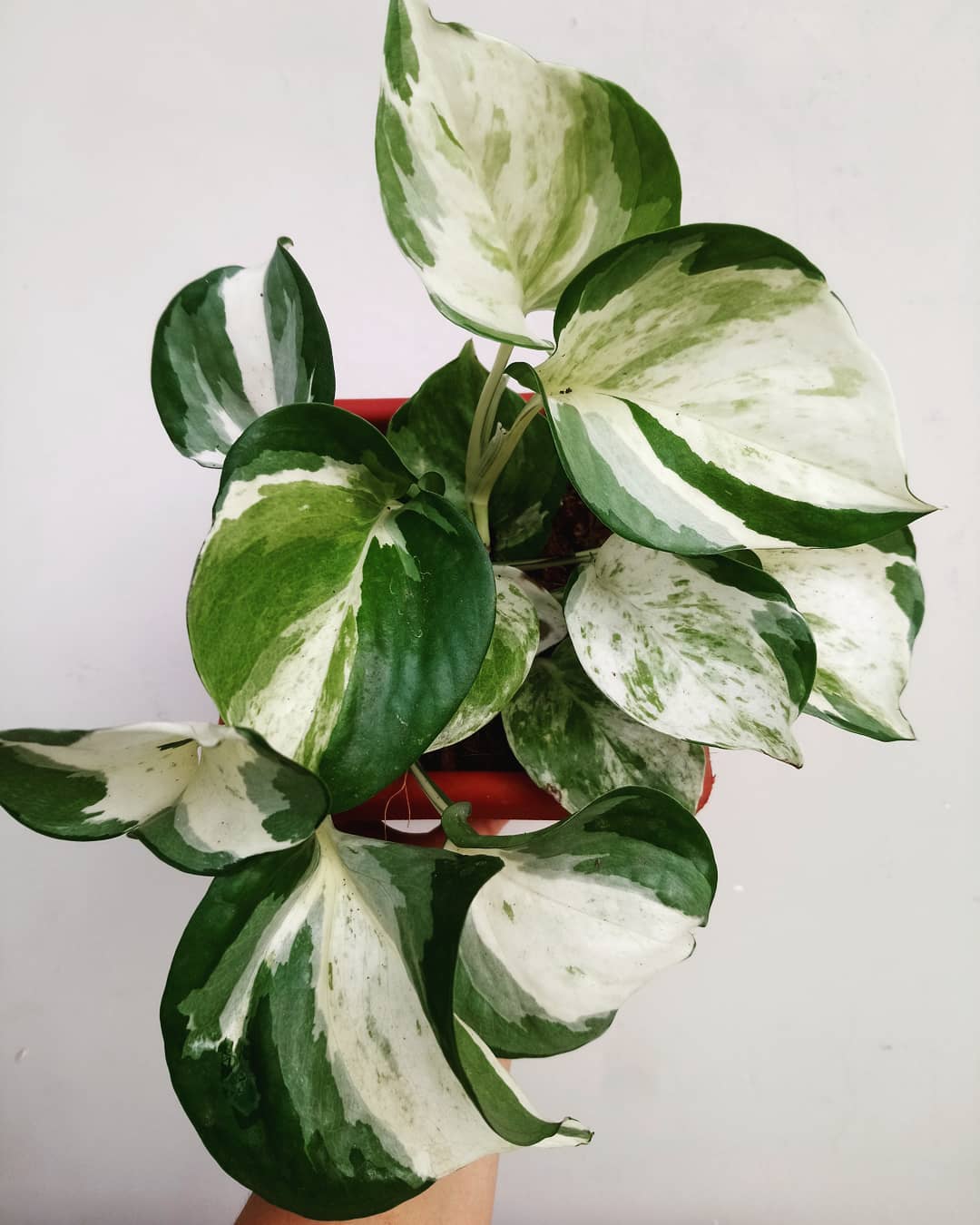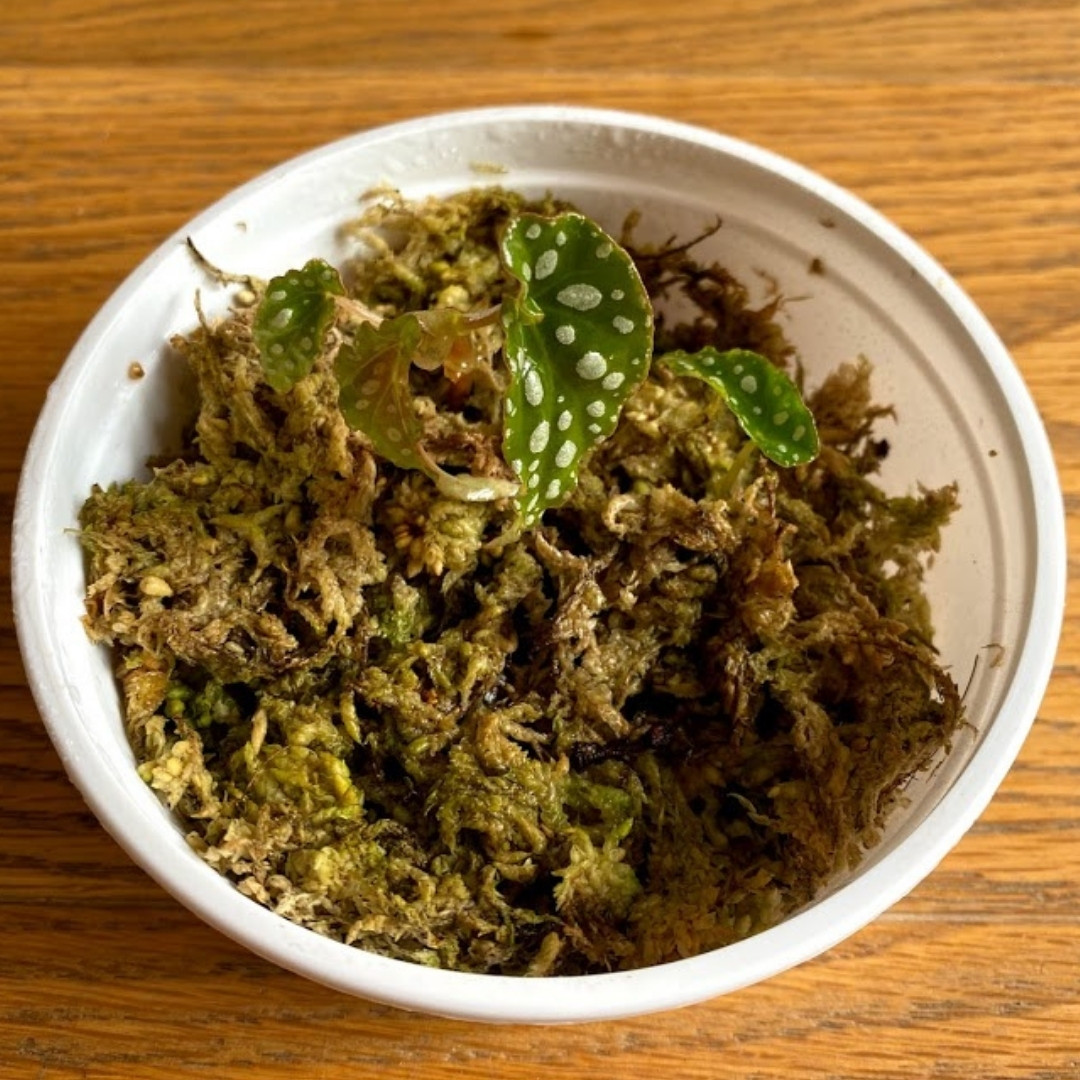
Sphagnum Moss
Intro
Welcome to our guide to sphagnum moss, which is my favorite growing medium for propagating plants as it gives the roots plenty of moisture as well as air, while reducing the chances of root rot that you can get with soil.
Tip: we recommend Etsy for buying plants. Look for the best rated seller you can, and try to buy as close to your home as possible so the plant does not travel too far.
A note about affiliate links: when you buy a plant, pots, soil, or other goods through links on this article we sometimes earn a commission. It doesn’t cost you anything, but it really helps us out if you do use them. Thanks a lot! An example of this is if you buy a plant on Etsy using this link. Read our privacy policy for more information. Thanks again.
Growing Plants In Sphagnum Moss
Growing plants in sphagnum moss is really easy, you just need to follow these steps:
- Put a handful or so of sphagnum moss in a bowl, then add some filtered tap water.
- Squeeze the moss like a sponge so it absorbs the water from the bowl.
- Keep adding watering and squeezing the moss until it cannot absorb any more water.
- Put the moss in a container like a cup. A clear cup is ideal as you can see the root growth.
- Plant your plant or cutting in the cup.
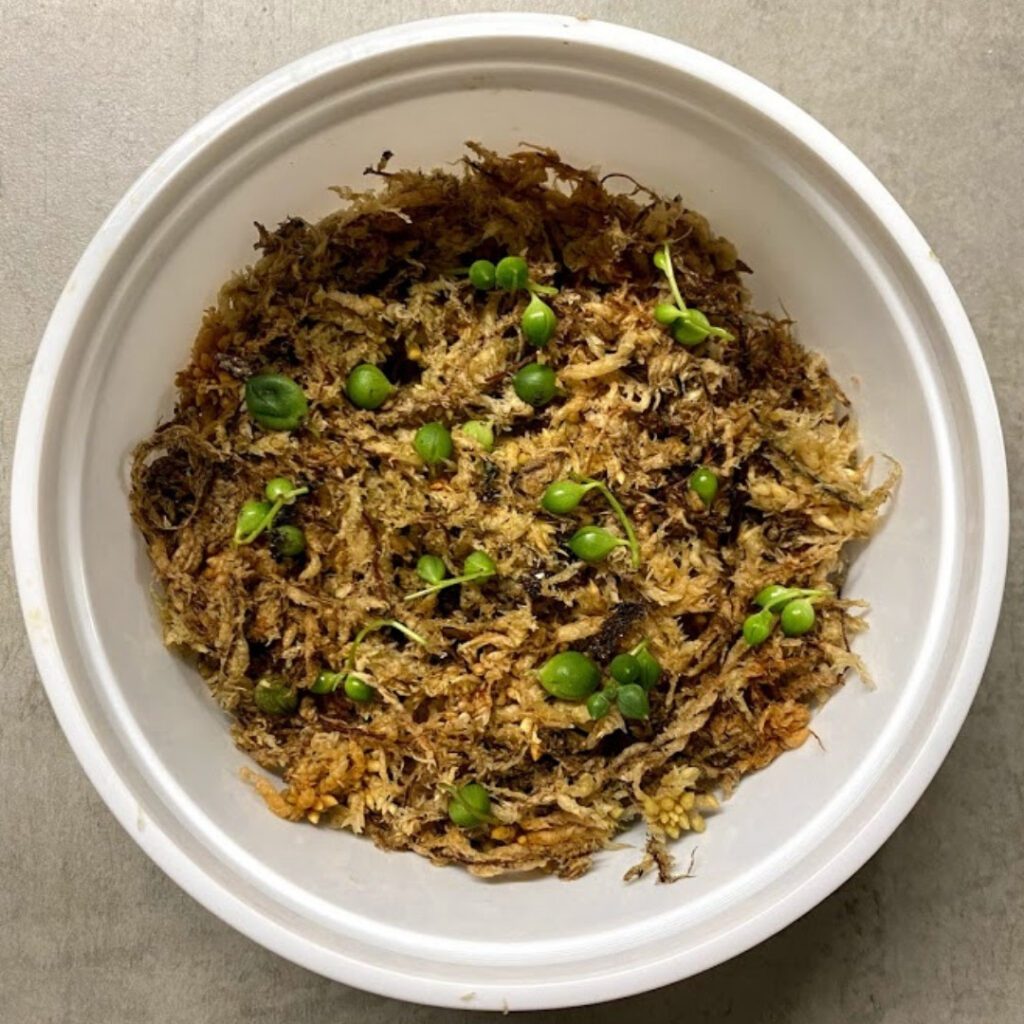
See our guide How To Prepare Sphagnum Moss For Propagation, and also our propagation guides that use sphagnum moss: Philodendron Gloriosum Propagation In Moss, Monstera Dubia Propagation In Moss, Philodendron Melanochrysum Propagation In Moss Philodendron Micans Propagation In Sphagnum Moss.
The Advantages Of Growing In Sphagnum Moss
- Much less risk of root rot, like you get with soil.
- More air to the roots than you would get with water or soil.
- Sphagnum is a great propagation medium as when it allows that plants to create a good root system to transfer the plant to soil later on (unlike water). If you water propagate plants and then move them to soil the root system needs time to adapt as the roots have developed for water, but with sphagnum you get a more soil-ready root system.
- You get a lot more control over the nutrients that the plant gets from fertilizer and feeds than with soil.
Essentially you get the main benefits of water propagation and growing in soil with much less of the problems that can occur with either of those.
The Disadvantages Of Growing In Sphagnum Moss
The disadvantages of growing a cutting in sphagnum moss is that it does not have it’s own nutrients and some of your plants will need to use fertilizer to add nutrients. Also it dries out quickly and so you need to monitor the water levels continuously.
Sphagnum Moss Propagation Box
Here we’ll go into detail on how to make a propagation box which is the ultimate way to propagate cuttings.
What you’ll need:
- A small or large plastic storage box (depending on how many cuttings you have) with a lid, like the ones you use to put old toys in the attic. It should be clear to let the light in.
- Sphagnum moss.
- A small jar or plastic container
- Some Leca.
- Spray bottle.
How to make the propagation box step by step:
- Put the jar in the corner of the box and fill it with water. This will help to keep the box humid.
- Fill the bottom of the box with a thin layer of leca, so it goes around the jar.
- Then cover the leca in about 5 cm or 2 inches of wet sphagnum moss.
- Make holes in the lid to allow the plants to air. I would put at least four holes in the lid: one towards each corner. Use a metal skewer heated up on a flame, as drilling can cause the lid to split.
- Plant your cuttings in the sphagnum moss, or lay them on top if they only need a shallow layer (like strings of hearts for example).
- Keep it humid in there – spray it every now and again.
- Take the lid off for a minute or so every few days to air it and reduce the change of rot.
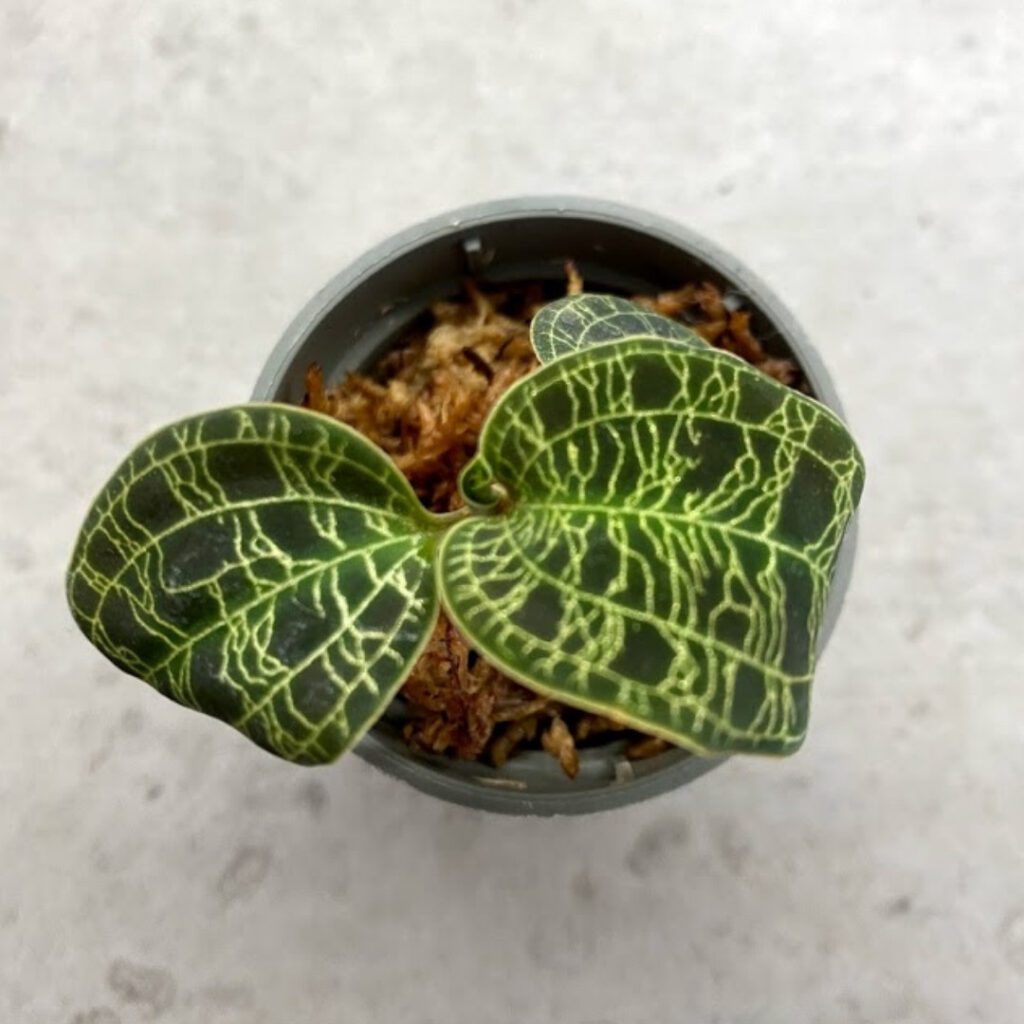
Sphagnum Moss Pole
How to make a moss pole for your climbing plant.
- Wet some sphagnum moss in water, and squeeze it to get it soaked.
- Get the moss and twist it around a pole the best you can, don’t worry if it comes a bit loose.
- Then tie the moss on with twine, tightly, this is where you tighten the moss that might have come loose.
- Do another layer to cover any bare patches.
Tip: you can do this technique to thin bamboo sticks to make much smaller moss poles for tiny plant pots, it looks great.
Sphagnum Moss For Succulents
You can use sphagnum moss for succulents, it is a great way to propagate them, and to regulate their water in take. You can lay leaf cuttings on top, or bury stem cuttings. Mist the leaf cuttings with a water spray when they top layer of sphagnum dries out, trying to get the moss more than the leaves. Let it dry out between waterings much more than with other plants in sphagnum.
Further Reading
Hope you liked your guide to propagating with sphagnum moss, How To Prepare Sphagnum Moss For Propagation, and also our propagation guides that use sphagnum moss: Philodendron Gloriosum Propagation In Moss, Monstera Dubia Propagation In Moss, Philodendron Melanochrysum Propagation In Moss Philodendron Micans Propagation In Sphagnum Moss.
Please follow us on Instagram and Pinterest for regular plant updates and occasional plant giveaways.
